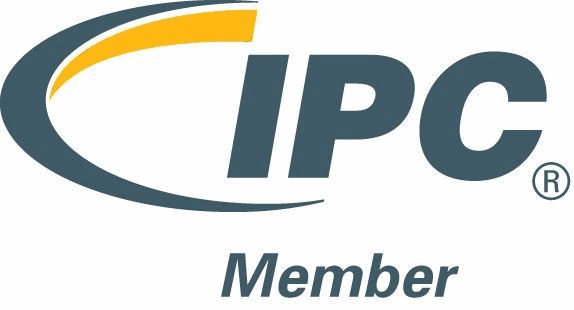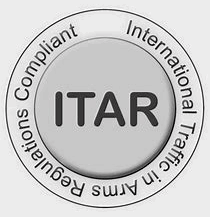Printed circuit boards (PCBs) are the unsung heroes behind the electronic devices we rely on daily. These delicate pieces of technology, comprising various electronic components and intricate pathways, are susceptible to a wide range of environmental hazards. Protecting them is paramount to ensure the longevity and reliability of electronic devices. Among the methods used for this purpose, potting stands out as a robust and effective approach. In this article, we will delve deeper into potting and its significance as a great way to protect circuit boards.
Understanding Potting
Potting, often referred to as embedment, is a protective technique that involves encapsulating a device or a printed circuit board within a solid and protective shell, akin to placing an electronic treasure in a protective chest. The process starts by inserting the substrate or device inside the pot, followed by carefully pouring a liquid compound into the pot. As the liquid solidifies, it forms a robust enclosure, becoming an integral part of the final product.
The beauty of potting lies in its ability to provide a level of protection that is both comprehensive and robust. This method excels in safeguarding electronic components against a myriad of environmental threats, making it an ideal choice for applications where durability and longevity are paramount.
Differences Between Potting and Conformal Coating
As we discussed in our last article, conformal coating on its own is a valuable way to protect your products. While both potting and conformal coating serve the purpose of protecting electronic components, they differ in several key aspects:
Encapsulation vs. Coating: The fundamental difference lies in how they protect electronic components. Potting encapsulates the entire device, forming a solid block around it, while conformal coating creates a thin, protective layer that adheres to the surface of the substrate.
Impact Resistance: Potting offers superior impact resistance, making it the preferred choice when devices are subjected to rough handling or mechanical abrasion. In contrast, conformal coatings are less effective at providing impact protection due to their thin nature.
Thickness and Weight: Potting significantly increases the thickness and weight of the protected device, which may not be suitable for applications with strict thickness or weight restrictions. Conformal coating, on the other hand, adds minimal thickness and weight, making it ideal for space-constrained applications.
Variety of Materials: Conformal coatings offer greater material versatility, with various types such as acrylic resin, epoxy resin, polyurethane resin, silicone resin, and Parylene resin. Each type has unique properties, making it suitable for specific applications. Potting offers fewer material choices, but is no less effective in protecting the product.
The Power of Potting
1. Impact Resistance: Potting creates a shield that can withstand impact damage, making it an ideal choice for devices that may encounter rough handling or mechanical abrasion. This protection ensures that your circuit boards remain operational even in the face of challenging conditions.
2. Environmental Resilience: Potting offers a high degree of protection against environmental hazards such as moisture, dust, chemicals, and temperature fluctuations. This means your circuit boards can thrive in harsh climates, ensuring their consistent functionality.
3. Vibration Dampening: In scenarios where devices are subjected to significant vibrations, such as automotive or industrial applications, potting provides essential vibration dampening, preserving the integrity of the circuit board.
4. Enhanced Security: Potting compounds are often dark-colored, offering an added layer of security by obscuring the circuit board's design. This can help prevent reverse engineering or tampering.
5. Ease of Application: Potting can be applied quickly and efficiently, which makes it suitable for high-volume manufacturing environments. This ensures that your electronic components receive the protection they need without compromising production efficiency.
Considering the Downsides
While potting is undoubtedly a potent method for protecting circuit boards, it is essential to acknowledge its limitations. Some of the drawbacks associated with potting include:
1. Rework Challenges: Once a circuit board is potted, rework or repair becomes a complex and delicate process. Attempting to remove the potting compound can often lead to damage to the underlying circuit board, making rework challenging and costly.
2. Increased Weight and Thickness: The protective layer formed by potting can significantly increase the weight and thickness of the device. This added bulk may not be suitable for applications with strict weight or thickness restrictions.
3. Inflexibility: The rigid nature of potting makes it less suitable for applications that require flexibility in the device's design or enclosure.
4. Higher Costs: The use of potting compounds can incur additional costs due to the process steps involved, as well as the potential for rework and repair.
Making an Informed Choice
The decision to use potting to protect your circuit boards should be guided by the specific needs and conditions of your electronic device. Consider the following factors to make an informed choice:
1. Intended Use: Think about the device's primary function and the environment in which it will operate. If it will be exposed to harsh conditions, such as industrial settings or extreme weather, potting might be the ideal choice.
2. Manufacturing Process: Consider your manufacturing process and the ease of incorporating potting into it. Potting is more suitable for high-volume manufacturing.
3. Design Requirements: Assess the design of your device and the enclosure. If flexibility and a slim profile are crucial, potting may not be the best option.
4. Additional Protection: Evaluate whether the device already has other protective measures in place. Potting can provide an added layer of security and robustness.
Overall, potting is an effective and robust method for protecting circuit boards in extreme environments. While it offers unparalleled protection against a wide range of environmental hazards, it may not be suitable for every application. Careful consideration of the device's needs, manufacturing process, and design requirements is essential when deciding whether potting is the right choice for your project. By making an informed decision, you can ensure the longevity and reliability of your electronic components in even the harshest of conditions.




